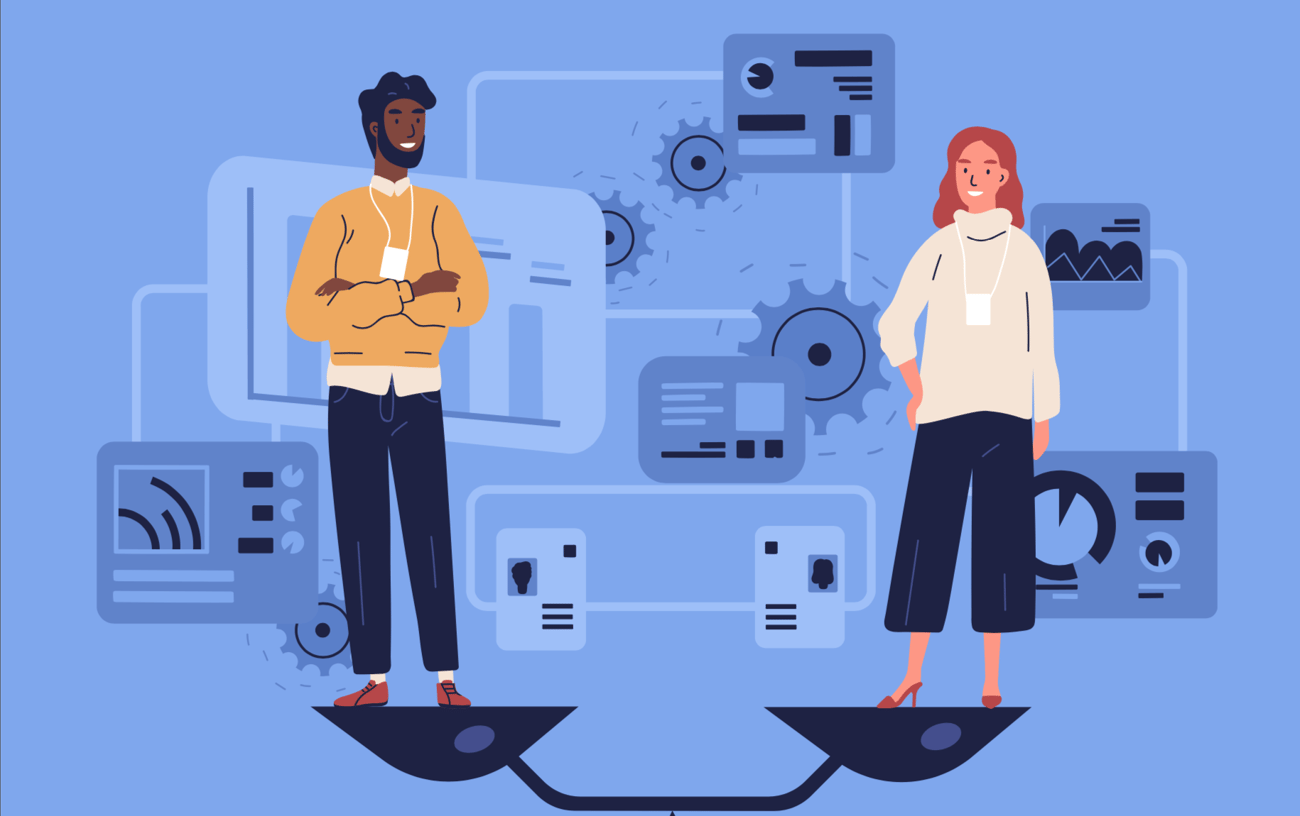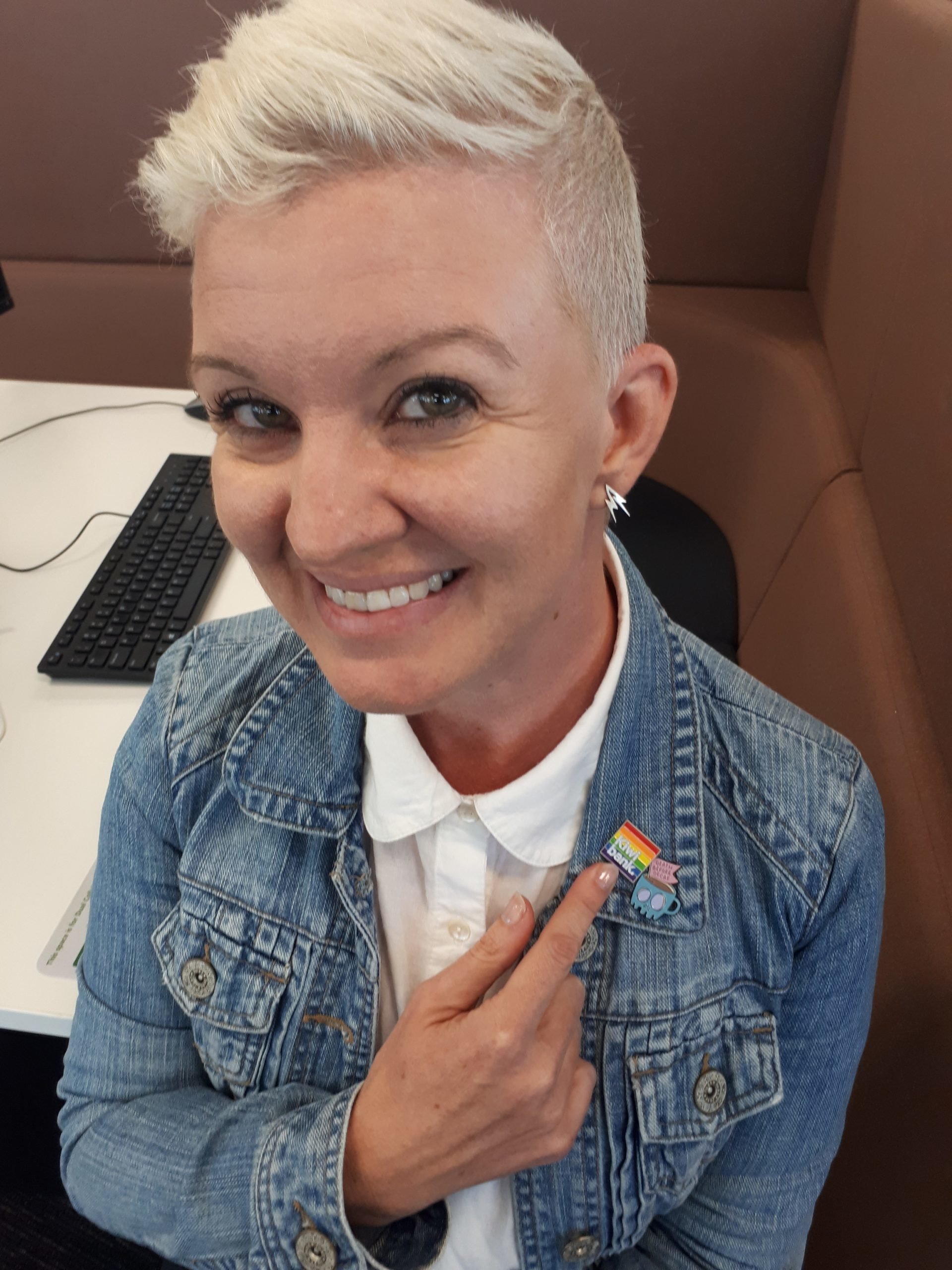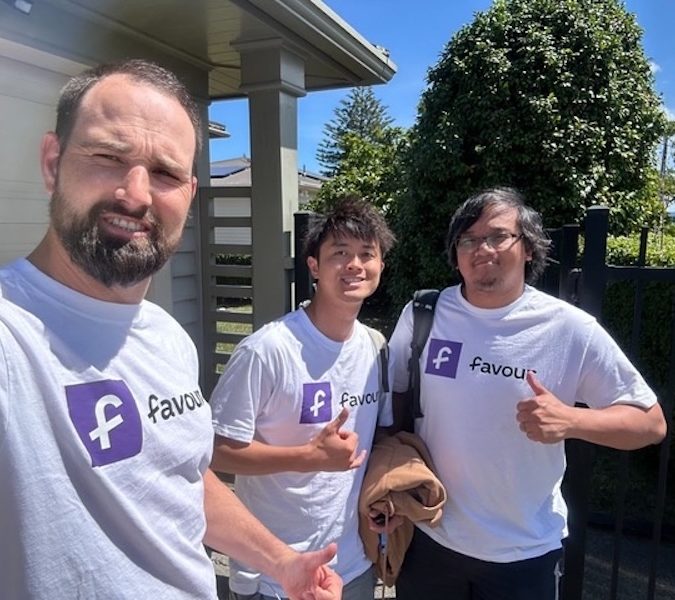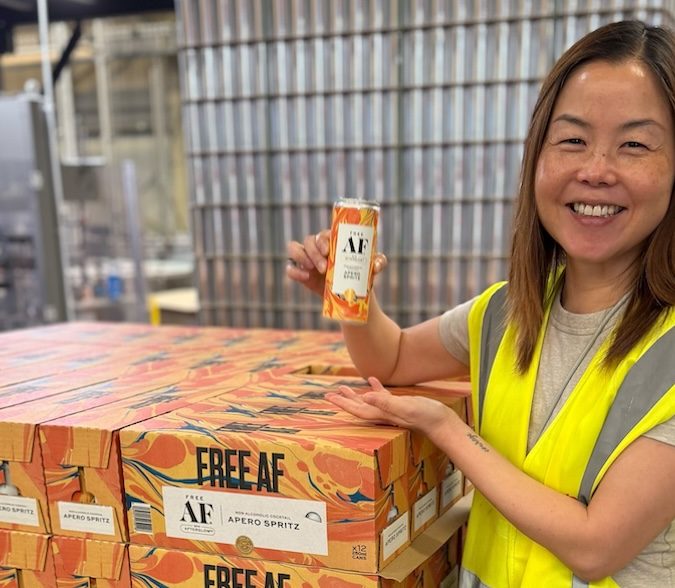Fixing gender inequality should be up to women right? Wrong. Men? Nope

By Angela Barnett
Creating fair and equitable workplaces shouldn’t be up to any group or individuals, it should be a process built into the system. That’s where the GenderTick™ can help.
Would you work with a company that was known to be unfair, biased, and not a safe place to be? Or would you invest in a company that had terrible gender practices? It used to be strange to question an organisation’s internal culture and structure—that was their business right?—but more and more that’s changing, especially when it comes to gender. And even more so now, when every way we’re working is being looked at, turned upside down and reimagined post lockdown.
Click here to learn more about the Gender Tick.
The need for inclusive, fair environments is no longer a desire, it’s becoming essential to attract good staff, investors and partnerships. Many millennials are seeking out employers with a strong record on gender equity, with Gen Z following closely behind.
Global financial institutions, like Blackrock, will not invest in organisations that do not have independent reassurance around their gender practices. And the #metoo movement has seen businesses, organisations and entire industries face up to their own responsibilities when it comes to gender from legal firms to tertiary institutions to the entertainment industry.
But how do you know that what you, or your business or organisation, is doing is fair and on par with what everyone else is doing?
That’s where the GenderTick steps in (in sturdy, unbiased, non-threatening shoes). It independently assesses an organisation across five criteria and only when they are up to scratch do they get the tick, letting employees, investors and shareholders know there is a framework for fairness in place—there’s no guarantee it will always play out but at least there are policies and processes to lean on if not. “It provides that independent assurance,” says Zoe Brownlie, Director of the GenderTick. It’s a badge that says ‘Fair Enough’—for now, but we’ll keep checking.
Many iconic Aotearoa New Zealand brands have seen the value of an external assessment and there are now 19 with the GenerTick including AirNZ, Fonterra, Kiwibank, Genesis, Meridian, Coca Cola Amatil, Auckland Council, Lion, Z Energy, PepsiCo, Chorus, SkyCity, Westpac, AIA, Kiwiwealth, Public Trust, Yellow, The Trusts and, most recently, PowerCo being accredited.
But like any systemic change, it is a process rather than a shiny gong to put on a shelf.
The GenderTick looks across equal pay, representation at a leadership level, flexible work and parental leave, sexual harassment policies and how inclusive the culture is. “Once a company knows where they stand on the assessment criteria from leadership to sexual harassment then they can come up with solutions on how to improve,” says Brownlie, stressing that outcomes are more important than inputs in the process.
“Every organisation is different and how they get to the right outcome differs, so we are not prescriptive about that. We simply measure whether they have achieved the right outcome.” Getting the GenderTick is not a one off, you don’t just get the tick and you’re suddenly fair, it’s an ongoing process of assessment, decision, implementation, assessment.
Co-created with the YWCA and Dr Kaisa Wilson, the GenderTick has worked with businesses who, collectively, impact 85,000 employees. Air New Zealand was one of the first to embrace it with a goal to “help employees not only be themselves, but to thrive,” says Sarah Archer, ex Acting Diversity and Inclusion Manager.
Since going through the GenderTick programme they now have 46% of female representation on their leadership team and three new policies have been implemented as a direct result: a more comprehensive domestic violence policy (previously it was part of another policy), a bullying and harassment policy and a transgender and transitioning gender policy.
Archer says they have seen an improvement in their workplace culture as a result feedback from employees included an email from an individual who wrote ‘I feel safe coming out at work now, knowing the GenderTick is in place’. “We recognise that Air New Zealand is an iconic brand and we felt a sense of responsibility to be really good role models,” says Archer.
Kiwibank was the first bank to get the tick. “For me the process was the most important part,” says Pia Steiner, Inclusion and Diversity Manager. “One of the best things was shining a light on where we needed to improve. If you have a structure that you are working towards it gives you permission to make change. Plus you can make change quicker.
There is an incredible amount of good will and good intent but without a formalised structure people genuinely don’t know what to do. And the GenderTick is saying ‘if you do these things you will progress with gender equality’. And that’s been massive for us. One of the biggest things is people calling out inequity when they see it, whereas previously there wasn’t the safety to do it.”
As a result of doing the GenderTick, Kiwibank also realised they needed a policy to support staff around domestic violence, then embarked on a full company-wide programme, bringing in Shine to train staff and writing guidelines for leaders. “It was a direct result from the GenderTick feedback that said we didn’t have enough in place,” says Steiner.

Steiner also talks about how the process keeps the impetus to change at a systemic level, rather than expecting individuals to carry the burden.
“It meant it wasn’t about women having to make the change or gender minorities or non binary having to lean in but changing some of the embedded and institutionalized practices.” For a long time, she says, “we have made gender equality about women leaning in and women negotiating and women being more confident (aside form the fact it’s not just about women) but we’ve put this onus on the individual to ‘fix’ their individual situation plus ‘fix’ it for all other women and genders.”
To use an overstated term, it needs to be shared equally, says Steiner, who also admits we—as in the collective ‘we’—have an intrinsic discomfort talking about gender.
“If you identify as a male or man you feel like you don’t have permission and if you identify as a woman you kind of wish other women would shut up about it! So having the GenderTick brought a lot of men into that conversation, questioning the why, and what do we want to achieve and having lots of men saying ‘this is my responsibility too, this shouldn’t be a women’s conversation. And this has gone all the way up to our board.”
Steiner now uses the GenderTick as an unbiased friendly flag, reminding everyone of the commitment to it, and how important it is for their customers and staff.
For this same reason, the GenderTick does not include any ‘fix the women’ initiatives as part of the programme. “We recognise that what is holding back gender equity is not women, it is bias and structural factors. ‘Fix the women’ initiatives have been shown to be basically useless in improving gender equality in workplaces, and yet many groups continue to push these kinds of solutions. We advocate for only those things that have been shown to work through robust but leading edge research, relevant to the New Zealand context,” says Brownlie.
Genesis were accredited the GenderTick at the end of 2019 after a long process of looking at their internal structures, including recognising where bias existed. Three years ago Genesis’ Executive General Manager of People & Culture, Nicola Richardson, discovered her own unconscious bias.
The male-dominated company had been looking into pay for their high performing women and anyone who was significantly lower was going to be brought up to an equitable rate. Richardson discovered, unbeknownst to her, that she was being evaluated. “I knew the initiative was going on but didn’t know I was on the list! I had a range of emotions. My pay had gone up by nearly 10% but then some not nice thoughts came into my head – how could Genesis do this to me, which was then passed onto me – how could I do this to myself? That’s when I figured out biases for women.”
Richardson realised she hadn’t pushed for a higher rate in her interview and to her dismay, she realised she had witnessed other women doing the same thing. “And to make things worse I had perpetuated it – I hired this great woman and had asked ‘what do you expect’ and what she asked for was lower than what we were prepared to pay and I had accepted it.”
Richardson became determined to eliminate bias. She has implemented changes to prevent hiring anybody below the acceptable range. They also don’t ask people what they were previously earning in interviews, which is becoming commonplace in HR. Genesis looked at attracting more women at every level.
“We looked at our interview process. We used to say, ‘these are the five skills we want’ and males would think I can do two out of five of those things and apply, whereas females would look at the list and think I can’t apply unless I can do all five things.”

After much work and evaluation they created a Mind The Gap policy. “We have made a lot of changes and took a good look at ourselves, transparency in pay is really important.”
The company also looked into why women weren’t coming back after parental leave and let the results inform and guide a new policy. They also updated their harassment policy, looked at their flexible work hours and increased its women in leadership roles to 40% with three out of eight board members now being women.
“Tackling our gender difference is not something we can do ourselves and we needed help from the outside,” says Richardson.
“The GenderTick was a wonderful affiliation and collaboration.”
Getting the GenderTick (or not) also allows organisations to benchmark themselves against others in their industry. Brownlie tells a story about two multinational companies who were struggling to get better parental leave policies in place at a board level.
“Both boards were dragging their heels but through the process of getting the GenderTick we were able to show them where their policies sat similar to other organisations within the market, and after seeing they were behind, they moved within six months to implement the improved parental leave policies.”
The assessment takes 18 months and not everyone is awarded the GenderTick. Some are left with more work to do. “We measure actions not words,” says Brownlie. “Research shows that while the number of organisations, who say gender equity is important to them, has risen over the past decade, actual gender equity in the workplace has decreased over the same period. Words do not always translate into outcomes and so we hold organisations accountable for what they’ve done, not what they say they’ll do. This sets us apart from many other groups like the Lean In movement.”
Lion was another founding organization to embrace the GenderTick. When you think of traditional beer, ‘gender parity’ doesn’t usually spring to mind and having the GenderTick has helped recruit staff. Robin Davies, People and Culture Director, says “our people now know we are providing a fair and inclusive workplace.
In terms of new candidates we talk about the GenderTick and it’s really positively received, they know they will be treated fairly.” The process was part of four years of work to look at many aspects of gender equality and Davies says “It’s given us the chance to champion gender equity across New Zealand. It gives us confidence and gives our people confidence that we are doing the right thing by them.”
Three years ago New Zealand was ranked 33 out of 35 countries globally for women in senior leadership roles, and currently there are only five female CEOs in the top 50 NZX listed companies—there are more men named Mark than women CEOs—despite research that companies with a female CEO outperform those with a male one. These are uncomfortable stats but they don’t have to be. They can open doors and conversations about what can be done, paving the way for a smart solution to walk in.
In a work environment everyone works towards common objectives regardless of whether they feel individually impacted by them, says Steiner. “And the same should be for gender equality.”




